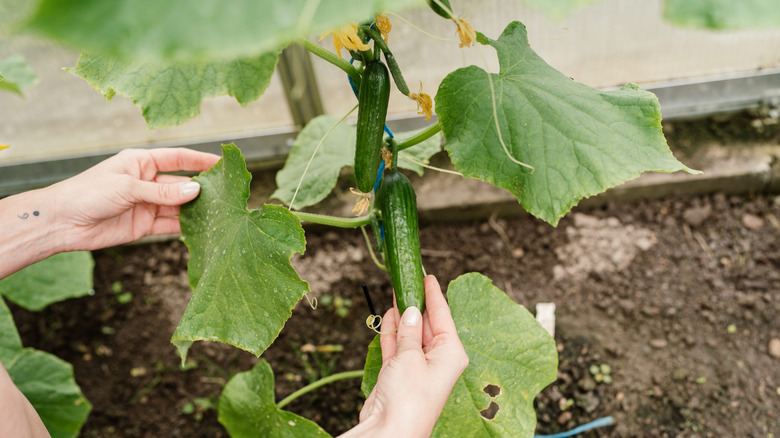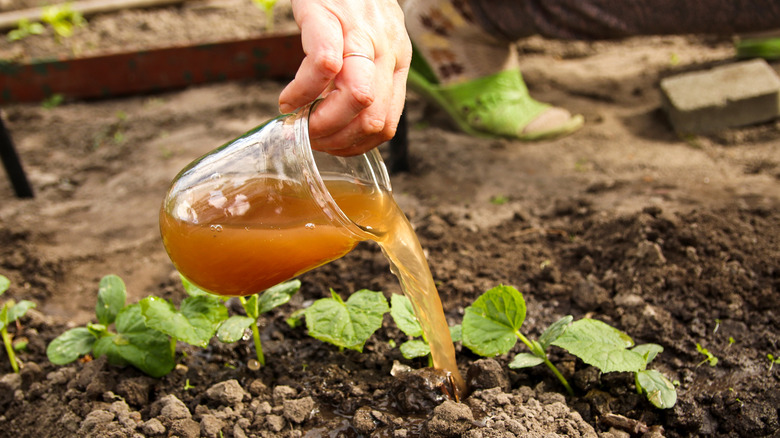Why Your Cucumbers Have Brown Spots (& How To Fix Them With One Simple Solution)
If you've ever tried growing cucumbers at home, you know how rewarding it can feel to see those long, green vines climbing, flowering, and promising a steady supply of crisp cucumbers for your summer salads. That excitement can quickly turn to frustration when you notice those unsightly brown spots forming on the leaves or fruit. For many home gardeners, this sudden change can feel alarming, especially if the rest of the plant still appears to be healthy. Brown spots don't just affect how your cucumbers look — if left untreated, they can reduce yields, weaken the plant, and even invite other issues like pests or disease. Understanding why this happens is the first step towards fixing it — in many cases, the solution is surprisingly simple.
Brown spots on cucumbers often stem from nutrient deficiencies in the soil. Although cucumbers are relatively easy to grow, they are heavy feeders, drawing a significant amount of energy and minerals as they develop. If the soil isn't properly balanced or occasionally replenished, the plants may begin to show signs of stress. Magnesium deficiency is one of the most common culprits behind spotting, which manifests as small brown or yellow patches that gradually expand if the plant doesn't get the proper nutrients. In some cases, a lack of potassium or calcium can also lead to similar symptoms. Many gardeners assume simply watering their cucumbers will keep them thriving, when in reality, the soil's nutrient balance plays an even bigger role. Luckily, once you've identified the cause of the brown spots, restoring your cucumbers back to health doesn't require complicated fixes or expensive treatments.
Fixing the brown spots on your cucumber plants
The simplest and most effective way to treat brown spots caused by nutrient deficiency is by feeding your cucumber plants a balanced fertilizer. This should consist of minerals like potassium, magnesium, and calcium. Epsom salt can actually help your cucumber plants thrive, as it is rich in magnesium sulfate, making it one of the easiest and most affordable fixes you can find. Many gardeners swear by it as their go-to solution for spotty cucumber leaves. By dissolving a tablespoon of Epsom salt in a gallon of water and applying it directly to the base of your plants every couple of weeks, you give them an instant nutrient boost that quickly corrects the deficiency.
Liquid fish emulsion or a small dose of liquid potassium in a watering can also boost nutrients for young cucumber plants. This not only clears up existing spots, but it can also help prevent them in the future. With the right care schedule, it will strengthen your cucumber's ability to photosynthesize and produce steady, healthy growth in the process.
Nutrients are only one piece of the puzzle, and supporting cucumbers long-term means maintaining good gardening habits. One of the simple mistakes to avoid when growing cucumbers is planting in poorly-draining soil; cucumbers dislike soggy roots as much as nutrient deficiencies. Adding compost or aged manure to the soil will keep it fertile, while consistent watering ensures that nutrients actually reach the roots of the plant. With these steps and occasional supplements, you'll create an environment where cucumbers thrive, providing lush foliage and plenty of fruit.

